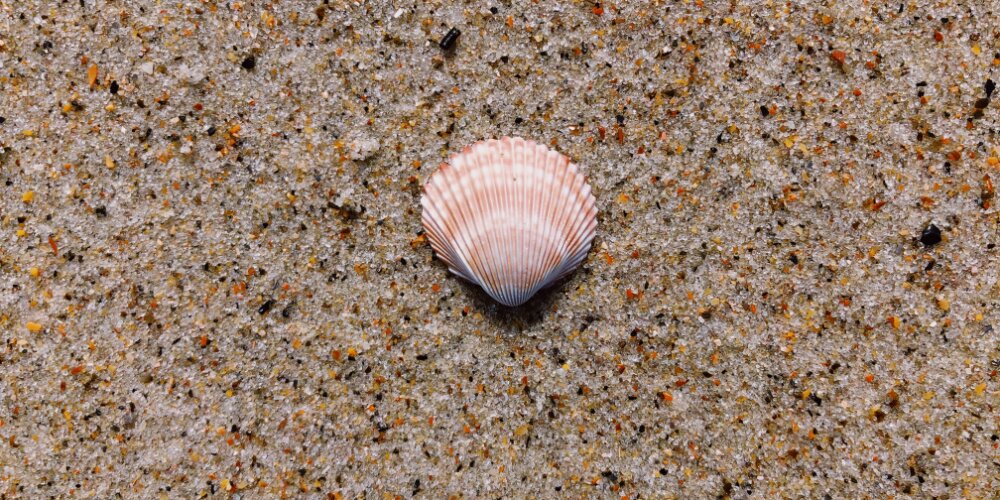Engineers Develop New Cement Composite Inspired by Seashells

In a nature-inspired engineering experiment, a team from the Department of Civil and Environmental Engineering at Princeton University has developed a new way of structuring a cement composite – informed and influenced by the structure of nacre, or ‘mother of pearl’.
Commonly found in oyster and abalone shells, nacre is incredibly durable and hard-wearing, whilst also retaining an element of flexibility of movement. According to Shashank Gupta, a graduate student working on the project, this appears to be because, ‘at the microscopic level, nacre consists of hexagonal tablets of the hard mineral aragonite glued together by a soft polymer’.
This combination creates different characteristics that contribute to the overall structural stability of nacre.
- The aragonite tablets provide significant amounts of strength.
- The soft biopolymer improves flexibility and crack resistance by allowing the aragonite to shift and slide under high amounts of pressure, which disperses the energy.
Both of these characteristics are valuable within human-made construction projects, but the particular focus of this study was on crack resistance. Gupta explains that ‘if we can engineer concrete to resist crack propagation, we can make it tougher, safer, and more durable’. And, by drawing on this microscopic structure of nacre, the team may have done just that.
Led by Reza Moini, an Assistant Professor of Civil and Environmental Engineering, the team found that by mimicking the structure of nacre using cement paste and a thin polymer, they could improve crack resistance and ductility of their structure by significant margins.
Note: ductility is the ability for a material to flex and deform without breaking entirely. The opposite would be a measure of brittleness, which is where materials reach a bend maximum before shattering entirely.
During the course of the experiment, the team made three beams and a control with different compositions of cement paste and polyvinyl siloxane (an incredibly stretchy polymer often used in dentistry), which were:
- Control: a solid cement beam.
- One: alternating layers of cement paste sheets and polyvinyl siloxane.
- Two: the same initial structure as above, but with hexagonal grooves laser-cut into the cement paste.
- Three: hexagonal plates of cement paste held together by the polyvinyl siloxane layers.
It’s this last method, and the one closest to the microscopic structure of nacre, that showed the most impressive results. The beam using this method was 19 times more ductile, and has 17 times higher fracture resistance than the control – whilst retaining comparable overall strength with solid cement.
According to Moini, the goals of the experiment were not just to mimic the structures found in nature, but to also learn and understand the underlying principles so that they can be used to inform future engineering techniques for human-made materials. He explains that ‘here, we focus on the mechanism of tablet sliding by engineering the built-in tabulated structure of cement paste in balance with the properties of the polymer and the interface between them. In other words, we intentionally engineer defects in the brittle materials as a way to make them stronger by design.’
It is important to note that this method of improving cement ductility still requires further testing. Up until now, the experiments have been conducted under lab conditions – and will need more research before they can be applied to real-world situations. There are also additional research possibilities surrounding the ductility and crack resistance of different brittle materials, like ceramics and concrete.
The Lab: home of materials investigations
Understanding how materials behave, especially after an incident or component failure is essential to preventing it in the future. At The Lab, our team has a vast spectrum of experience to draw upon to assist in conducting in-depth and detailed failure analyses using forensic engineering and laboratory testing.
As a fully independent lab, we’re a trusted source within multiple industries that can provide you with the answers you seek after an incident. Speak to our team today for more information.
Discover The Lab’s failure investigations services today
For more interesting industry insights, information and the latest news, explore The Lab’s News and Knowledge Hub…
New Research Examines Corrosion on Atomic Level | Can Using Graphene Aggregate Make Better Concrete? | Researchers Design a New Class of Materials That Are Both Stiff and Shock Absorbing
- Date
- 12/09/2024
